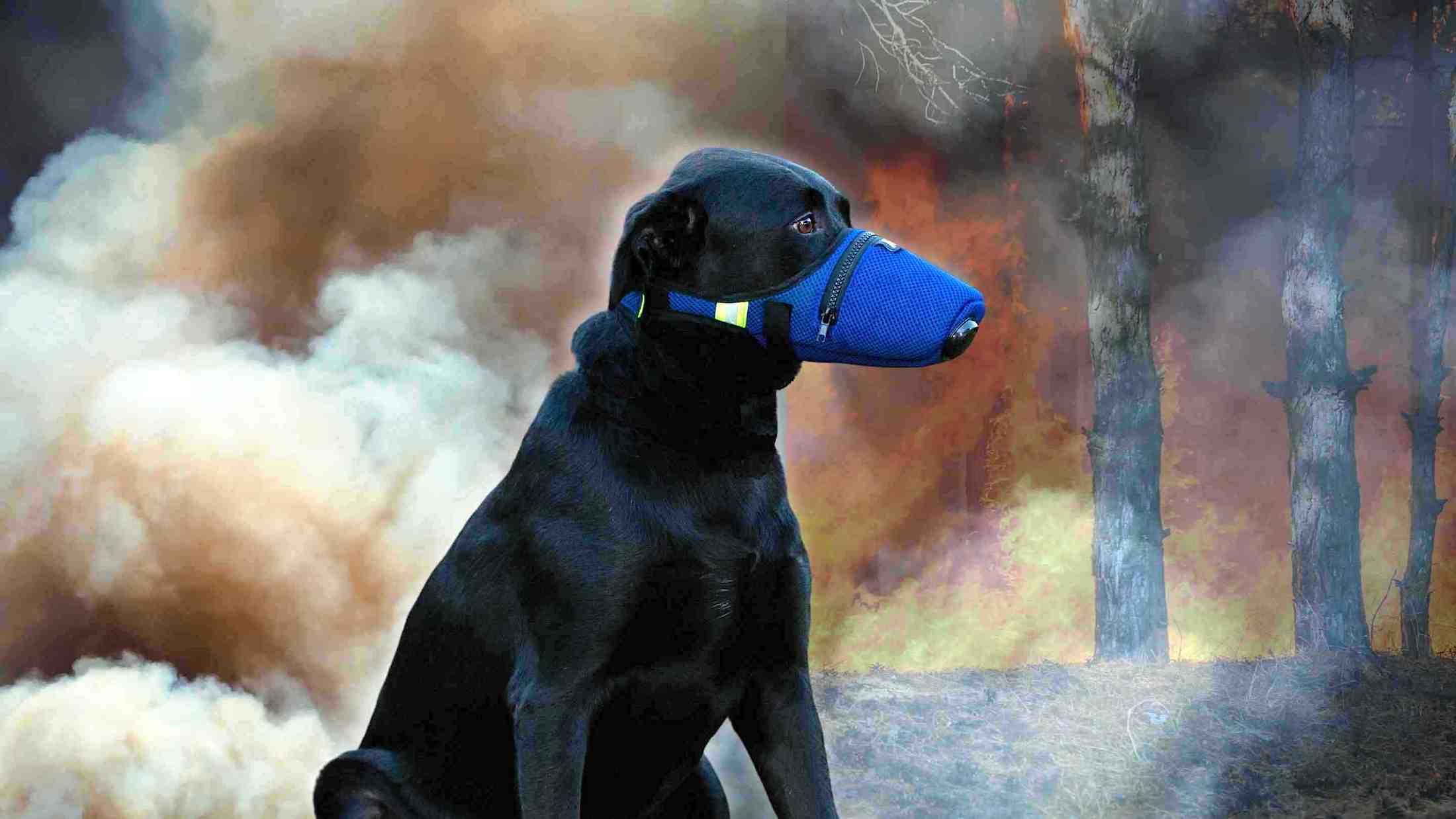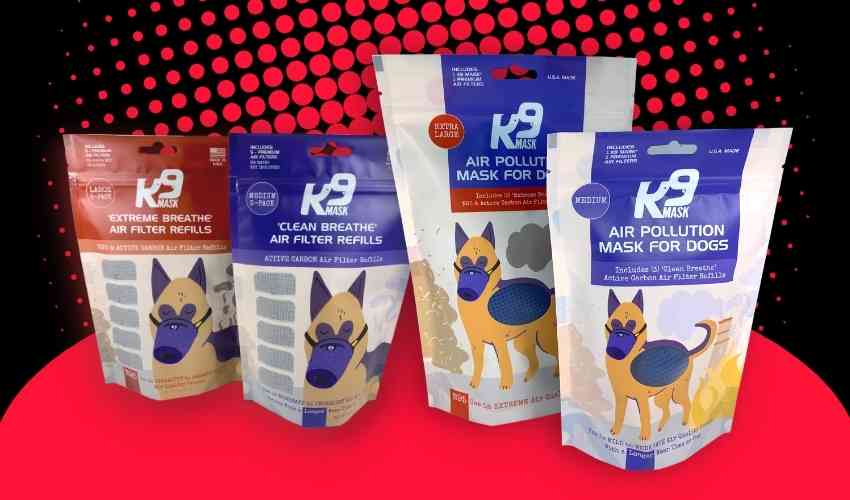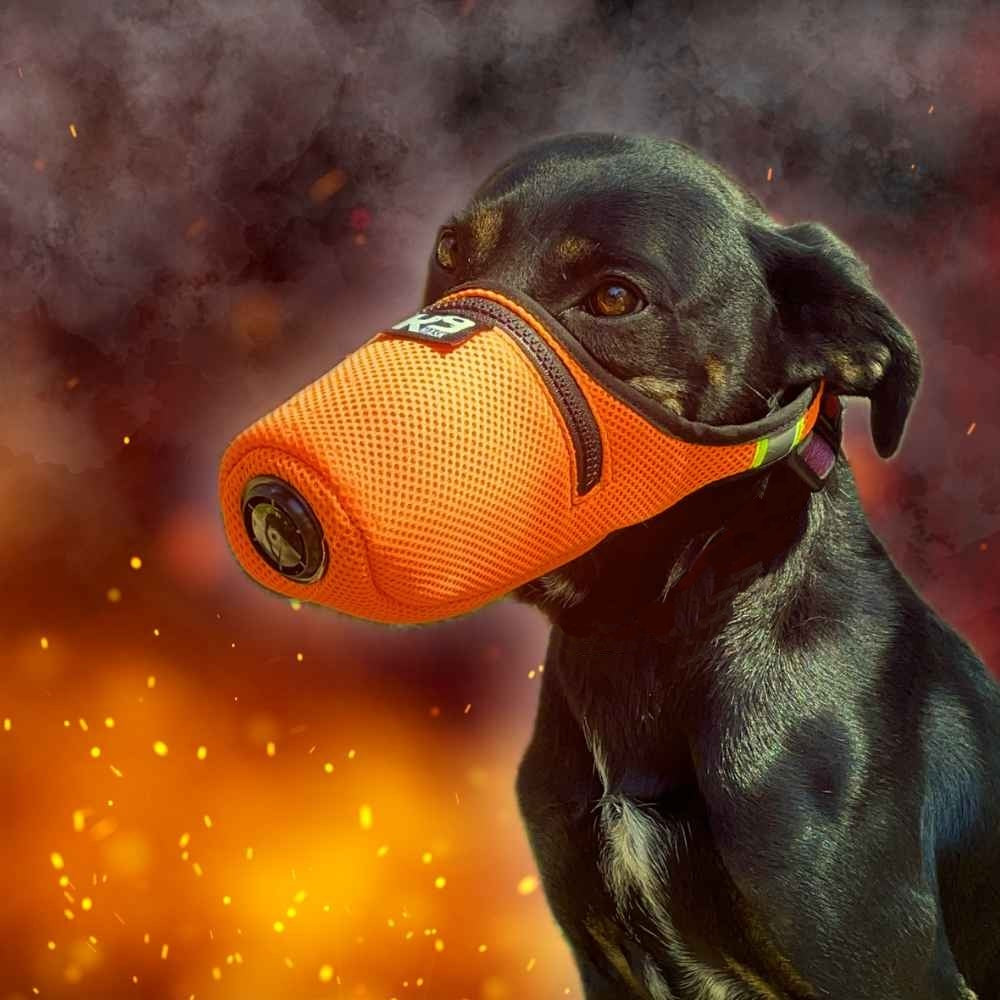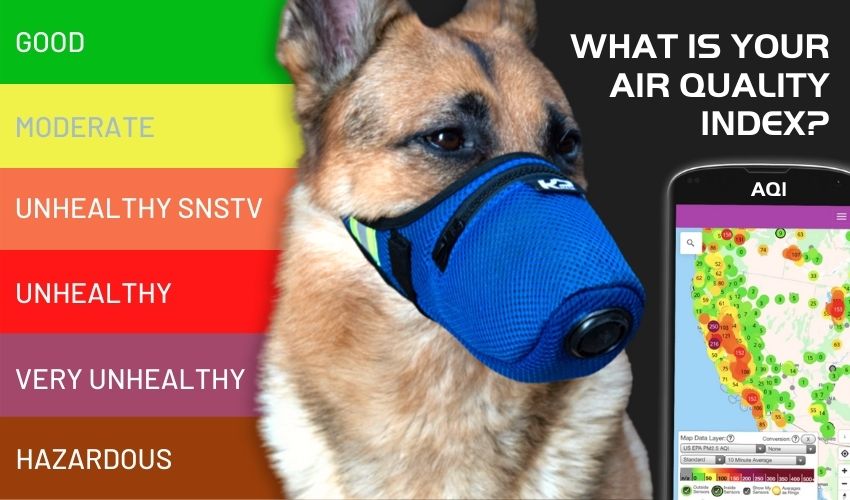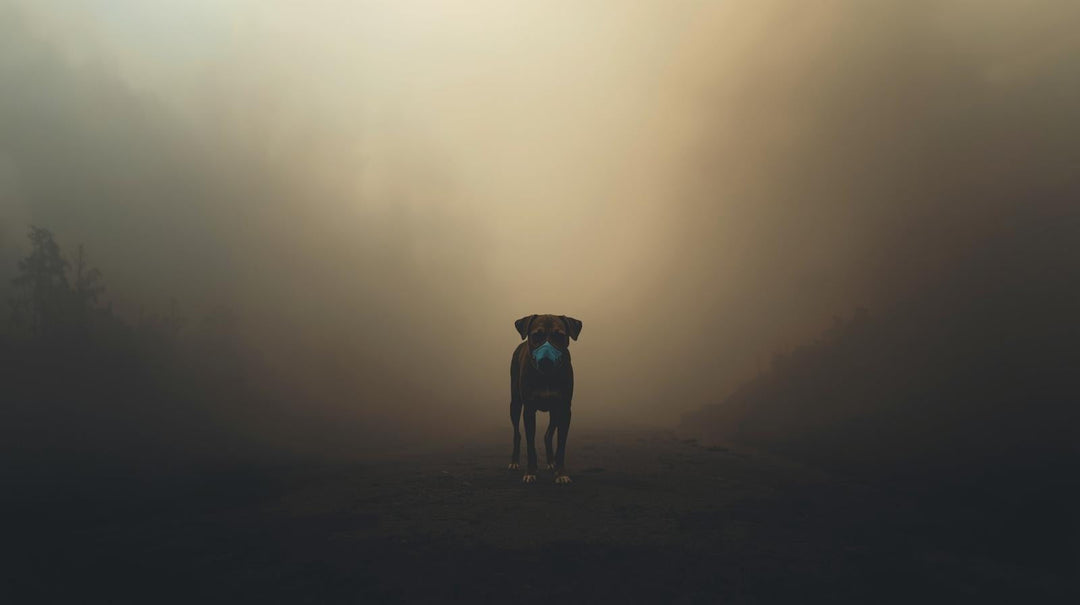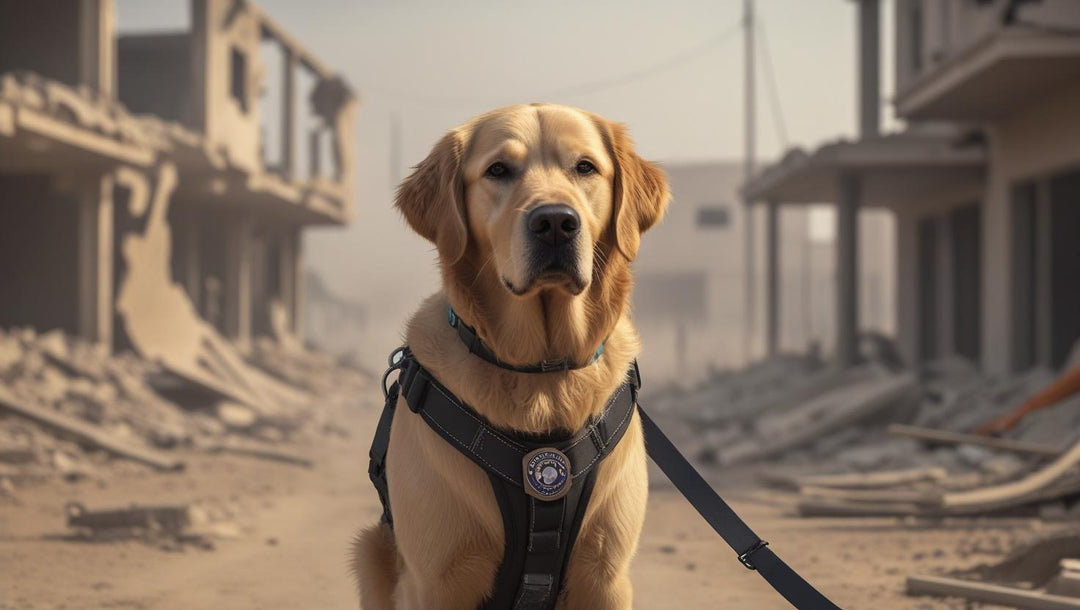Wildfires descending on the Pacific Northwest are making the air far less breathable across the Western United States, as windy weather carries hazardous toxic particles and haze over multiple state lines.
Visible ash and smoke swarmed residents of Washington and Oregon over the weekend as more than a dozen large fires burned through the wilderness of the Pacific Northwest.
Turning the Power on in Pacific Northwest
The power is back on and evacuation orders are being lifted across Oregon as easing winds and cooler, wetter weather help limit the spread of wildfires Monday, while leaving some communities blanketed in continued heavy and dense smoke.
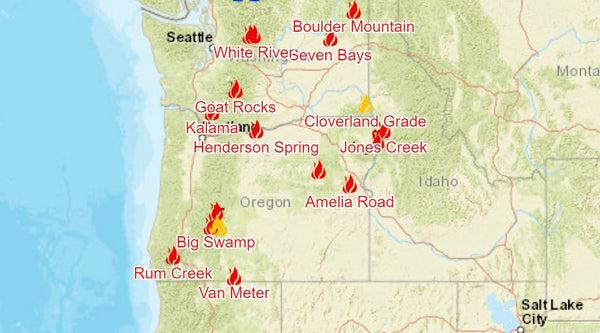
The Pacific Northwest was already contending with widespread air quality issues following a smoky weekend, though now areas far away from the rolling conflagrations are facing deteriorating air conditions as well.
The combination of low humidity, gusty winds and drought conditions created favorable settings for fires to spread rapidly. More than 5,000 firefighters are working to control the large blazes that have destroyed over a quarter of a million acres.
Smoke and ash were reported from Seattle to Portland, Oregon, over the weekend as easterly to southerly winds caused the fires’ plumes to drift toward populated communities.
While Montana is coping with brutal air quality, states from the Midwest to the Mountain West are also bracing for the possible health effects of these fires located hundreds of miles away.

Such pollution comes from fine particulate matter — known as PM 2.5, or particles with a diameter of less than 2.5 microns — which is prominent in wildfire ash and can cause respiratory health issues.
Air Quality Concerns for Health of People and Pets
In the much more immediate vicinity of the Pacific Northwest blazes, both Seattle and Portland ranked within the top 20 cities worldwide for air pollution levels on Monday. Air quality alerts continue Tuesday with "unhealthy" advisories for the eastern half of Washington state and into Montana and northern Idaho.
"Very unhealthy" air alerts have been issued east of Seattle near the Wenatchee National Forest and in Idaho for the Clearwater Mountains. In Oregon, near La Pine, "hazardous" air alerts are in place for part of the Deschutes National Forest, including Cresent and Gilchrist, Oregon.
Unhealthy air quality levels, as defined by the Environmental Protection Agency’s (EPA) Air Quality Index, are those that can cause serious health effects for members of sensitive groups. Very unhealthy levels are those come with an increased risk of health effects for everyone, including dogs, while “hazardous” levels constitute an emergency health warning.
How Does the AQI Work?
Think of the AQI as a yardstick that runs from 0 to 500. The higher the AQI value, the greater the level of air pollution and the greater the health concern. For example, an AQI value of 50 represents good air quality with little potential to affect public health, while an AQI value over 300 represents hazardous air quality.
An AQI value of 100 generally corresponds to the national air quality standard for the pollutant, which is the level EPA has set to protect public and animal health. AQI values below 100 are generally thought of as satisfactory. When AQI values are above 100, air quality is considered to be unhealthy-at first for certain sensitive groups of people, then for everyone as AQI values get higher.
Understanding the AQI
The purpose of the AQI is to help you understand what local air quality means to you and your dog's health. To make it easier to understand, the AQI is divided into six categories:

Each category corresponds to a different level of health concern. EPA has assigned a specific color to each AQI category to make it easier for people to understand quickly whether air pollution is reaching unhealthy levels in their communities.
For example, the color orange means that conditions are "unhealthy for sensitive groups," while red means that conditions may be "unhealthy for everyone," and so on.
Air Quality Index Scale
The six levels of health concern and what they mean are:
- 🟩 "Good" AQI is 0 to 50. Air quality is considered satisfactory, and air pollution poses little or no risk.
- 🟨 "Moderate" AQI is 51 to 100. Air quality is acceptable; however, for some pollutants there may be a moderate health concern for a very small number of people. For example, people who are unusually sensitive to ozone may experience respiratory symptoms.
- 🟧 "Unhealthy for Sensitive Groups" AQI is 101 to 150. Although general public is not likely to be affected at this AQI range, people with lung disease, older adults and children are at a greater risk from exposure to ozone, whereas persons with heart and lung disease, older adults and children are at greater risk from the presence of particles in the air.
- 🟥 "Unhealthy" AQI is 151 to 200. Everyone may begin to experience some adverse health effects, and members of the sensitive groups may experience more serious effects.
- 🟪 "Very Unhealthy" AQI is 201 to 300. This would trigger a health alert signifying that everyone may experience more serious health effects.
- 🟫 "Hazardous" AQI greater than 300. This would trigger a health warnings of emergency conditions. The entire population is more likely to be affected
Mobile Technology Weather Apps Include AQI data
Check your mobile phone's Weather App to see if it includes Air Quality Index (AQI) for your location. Most Weather Apps are now including this local data. Make sure it is healthy for you and your pet to be outside based on the readings provided for AQI.
Respiratory Lung and Cardiovascular Heart Systems Affected by Smoke
Respiratory and cardiovascular systems are the first to be affected by wildfire smoke. PM2.5 sinks deep into the lungs and, because it’s so small, can dissolve into the bloodstream. People and pets with preexisting lung or heart conditions are at particular risk for hospitalization or early death after a month of sustained wildfire smoke.
Smoke inhalation injuries can occur with exposure to smoke in large or small quantities. Smoke from fires in urban and rural areas produce a variety of damaging substances, each of which can affect a person or dog's airways, lungs, and heart.

Elements found in smoke inhalation include:
- Carbon monoxide: Carbon monoxide is a colorless, odorless gas that is produced in fires. When carbon monoxide is inhaled and enters the bloodstream, it interferes with the body’s ability to deliver oxygen to organs and tissues.
- Hydrogen cyanide: This substance is released when plastic and other synthetic materials burn. Like carbon monoxide, hydrogen cyanide interferes with the body’s usage of oxygen.
- Chemical irritants: Smoke contains a number of chemical irritants. These irritants can trigger airway inflammation and constriction, as well as other lung damage. The irritants found in smoke may vary, depending on the substances that are being burned.
If the brain is deprived of oxygen due to smoke inhalation, people and pets may show neurologic symptoms. Neurologic symptoms are common with carbon monoxide inhalation. Signs include weakness, ataxia (impaired coordination, or walking as if drunk), seizures, and/or coma. Dogs may drool excessively or vomit. Dogs with carbon monoxide inhalation also tend to develop cherry red discoloration of the gums.
Dogs Vulnerable to Respiratory Distress From Smoke Inhalation
Just as young children and senior citizens are more at risk for harm from breathing wildfire smoke, so too are certain dogs more likely to experience acute illness as a result of poor air quality. These include:
- Any dog with asthma or bronchitis.
- Brachycephalic dogs like bulldogs, Boston Terriers, and Pugs.
- Puppies and senior dogs.

Treating Smoke Inhalation in Pets
The best action to take if you believe your pet has inhaled smoke is to get your dog to a veterinarian as soon as possible. Smoke inhalation is typically treated with oxygen therapy, and the results can be good if the animal is brought in quickly. The earlier the oxygen therapy is applied, the better the prognosis for recovery.
Complications resulting from smoke inhalation may not be immediately apparent, so dog owners should monitor pets closely. Your pet may look OK at first, but some of the dangers occurring in their airways are progressive. Issues can show up quickly, but may also show up days after exposure.
Another effective treatment for smoke inhalation in pets is the use of a hyperbaric chamber. It is essentially an enclosed space that raises air pressure and delivers an increased level of oxygen into the bloodstream. The purpose is to oxygenate the animal's blood to a healthy level.
Pack a Bug Out Bag Emergency Kit For Your Dog
A bug out bag disaster emergency kit should include everything your dog will need in a quick evacuation. Consider your dog’s basic needs, safety, and any medical issues. Keep it in an easy-to-carry waterproof container and store it where you can easily get to it.
Your dog’s kit should include items such as:
- Bottled drinking water (during an emergency, tap water can be contaminated).
- Food in waterproof containers. (Choose pop-top tins or pack a can opener.) Bring enough for at least two weeks.
- Food and water bowls.
- Prescription medications and other required health supplies such as tick medication and heart worm preventative.
- A dog first aid medical kit.
- Poop bags and other clean-up supplies.
- K9 Mask® air filter for dogs in wildfire smoke.
- Familiar items like toys, bedding, and blankets to comfort your dog.
- Stress-relieving items like an anxiety vest or calming sprays if your dog is prone to anxiety.




